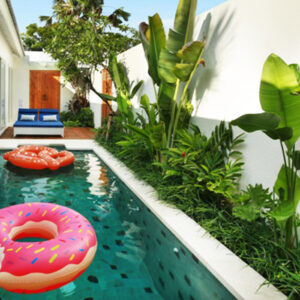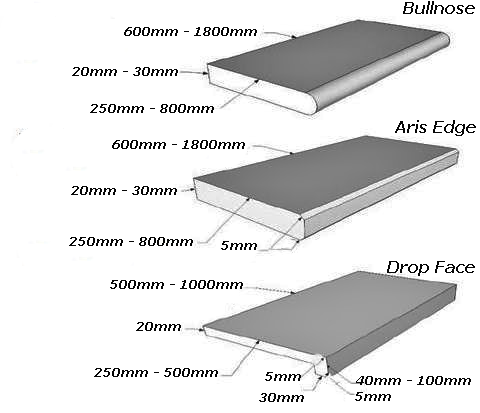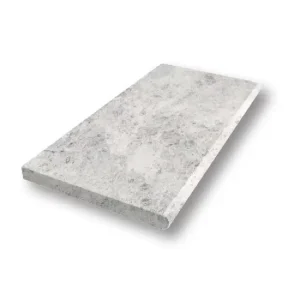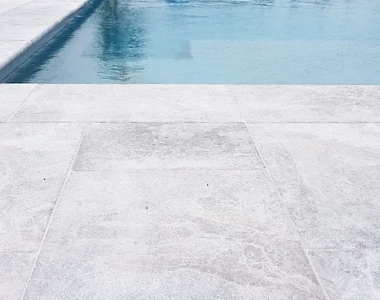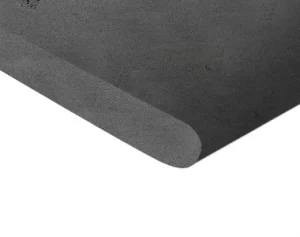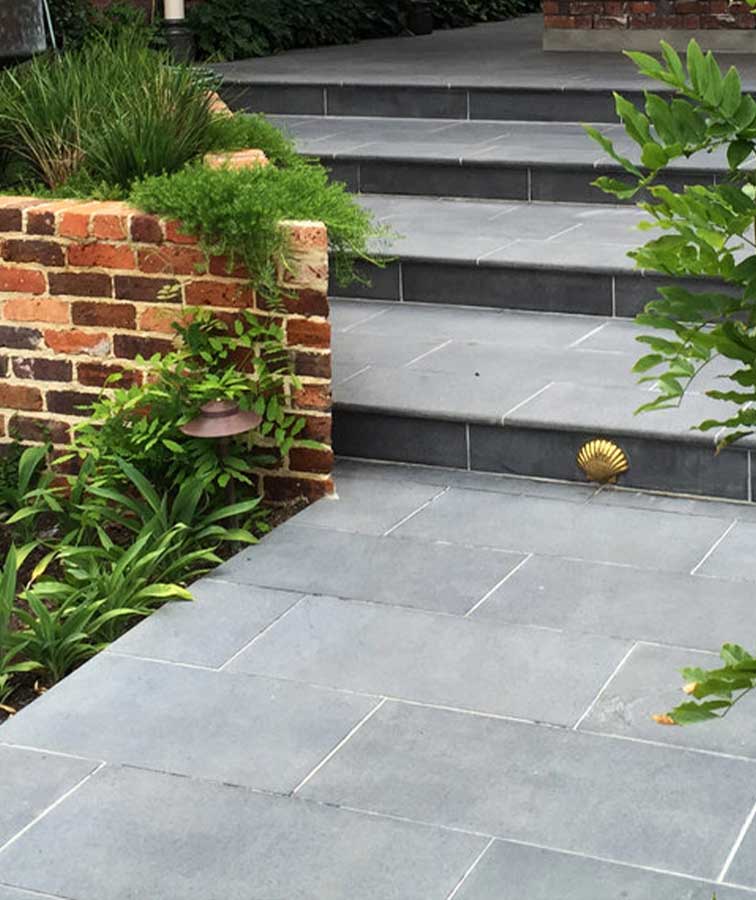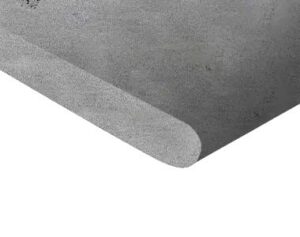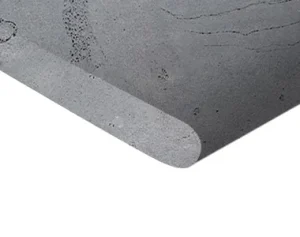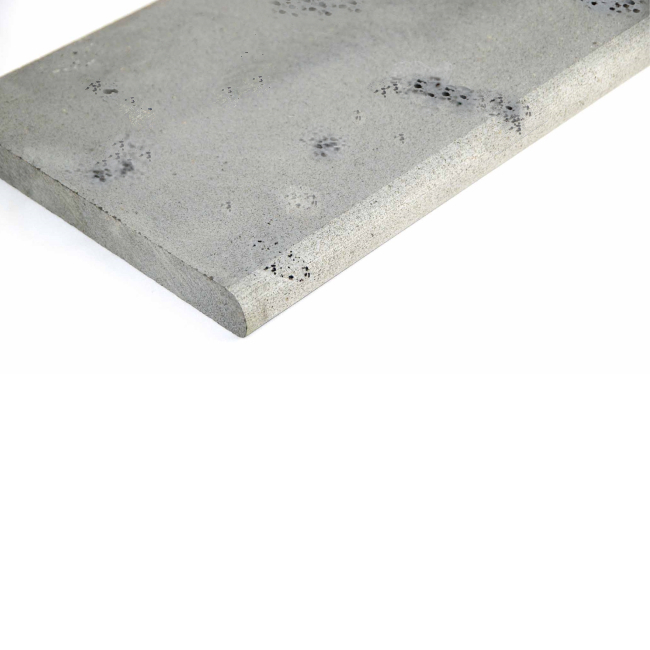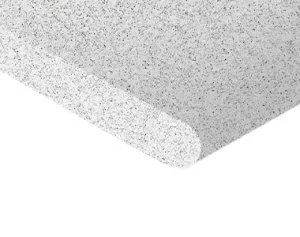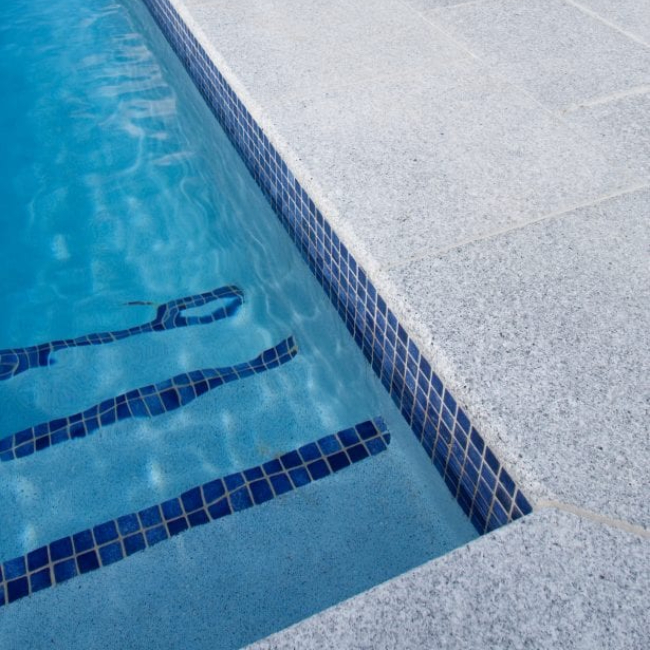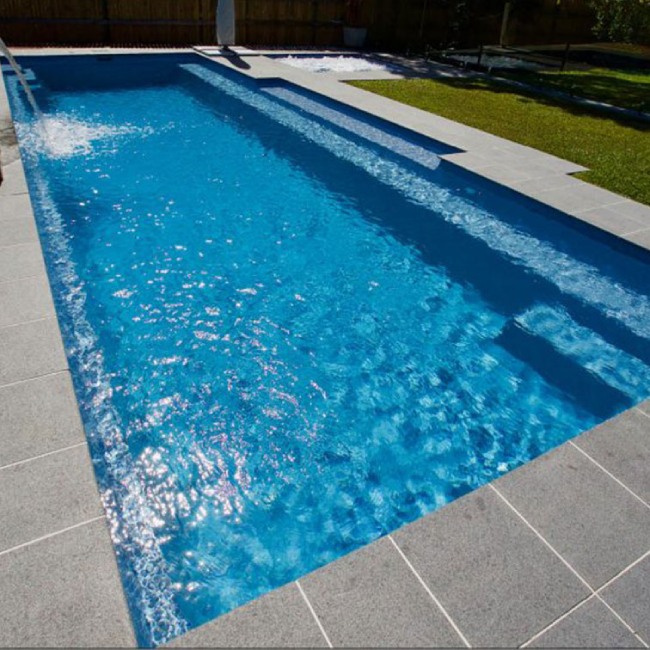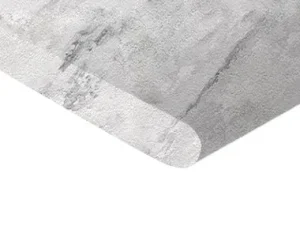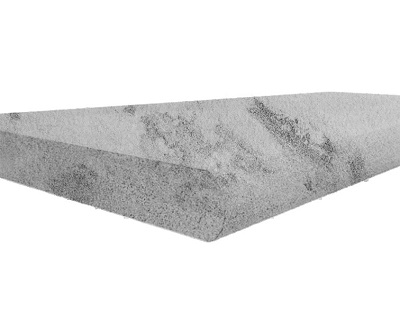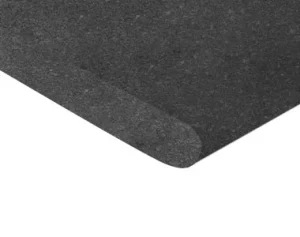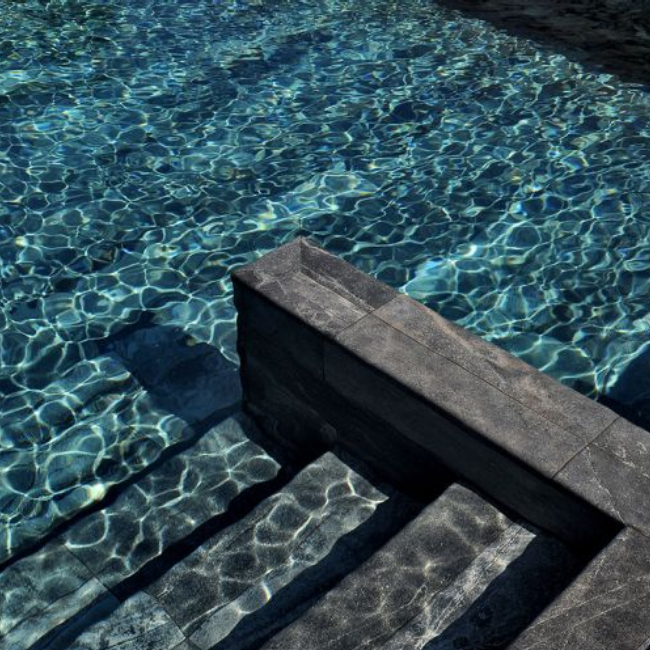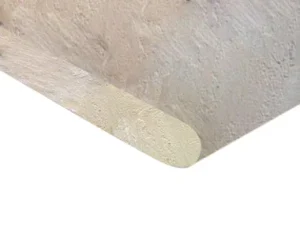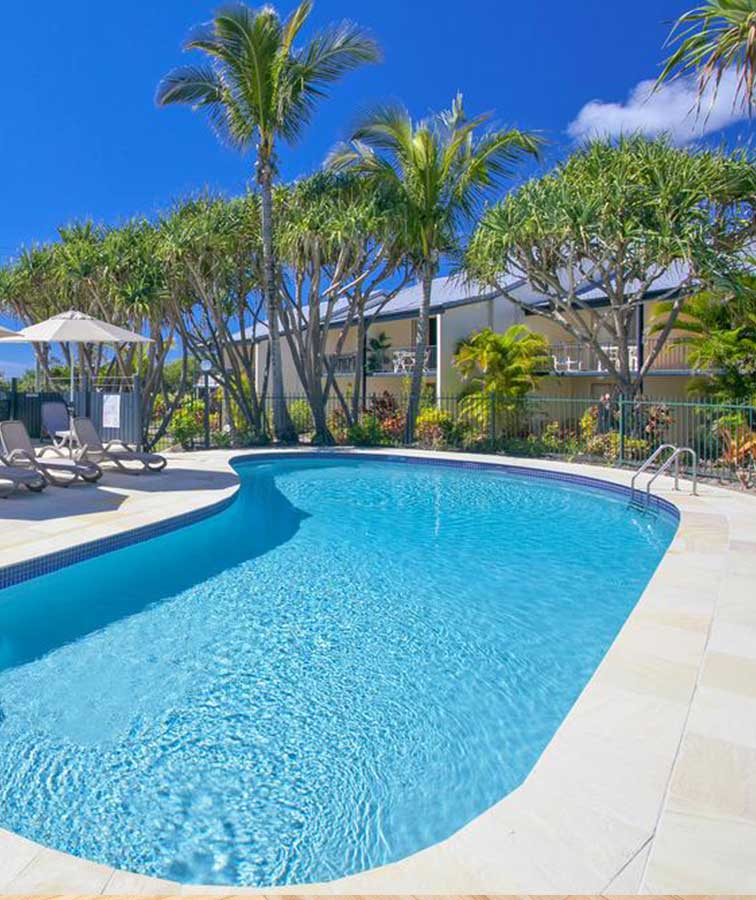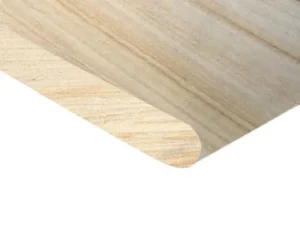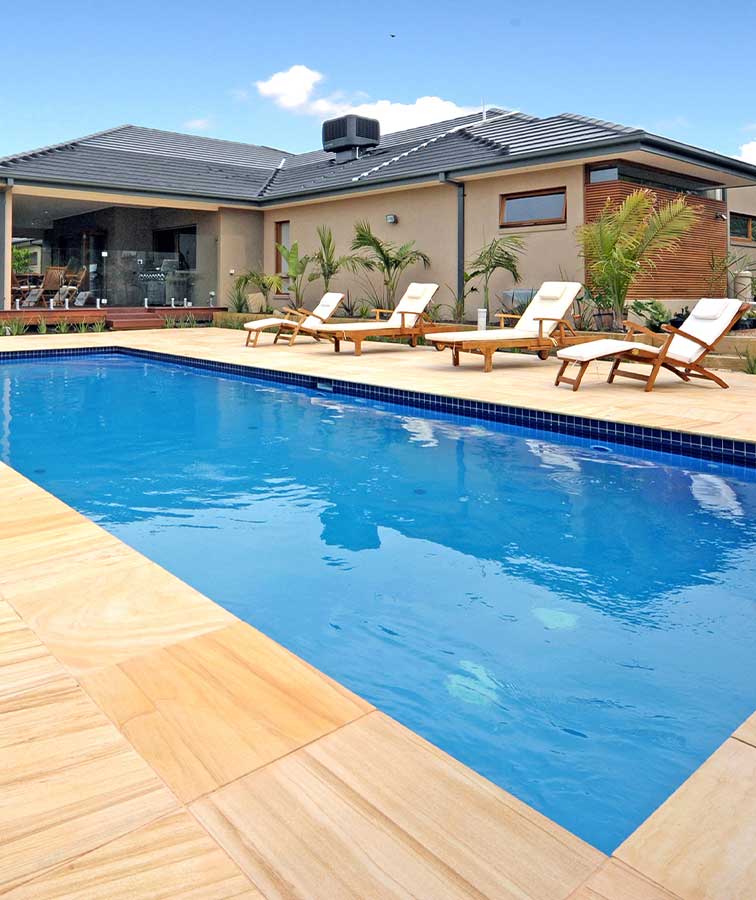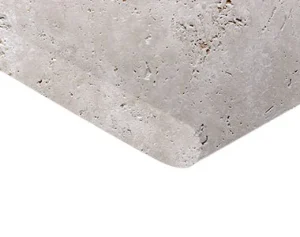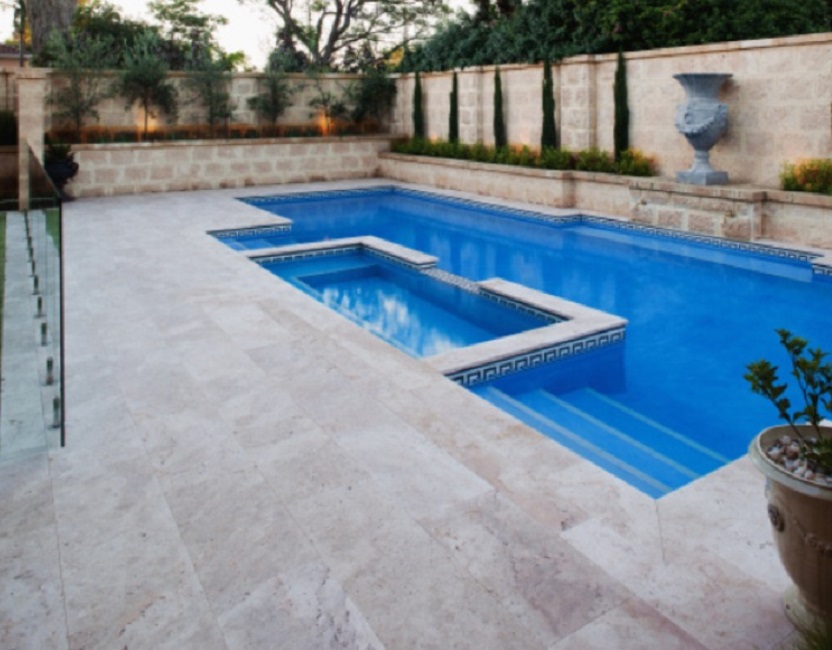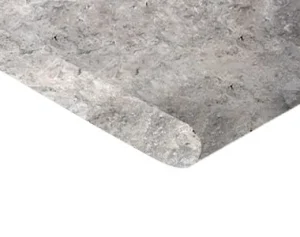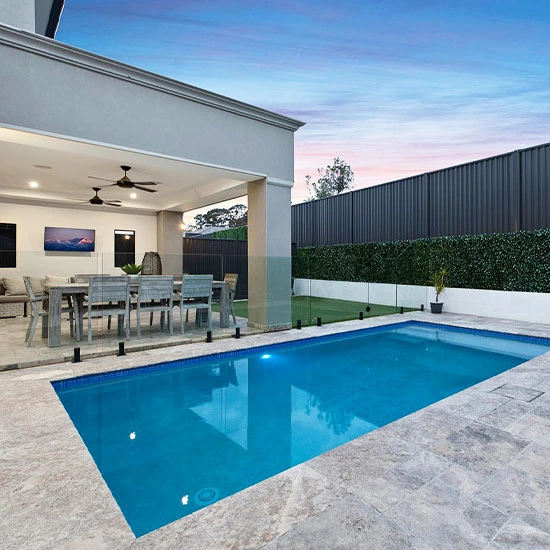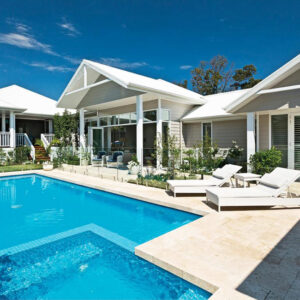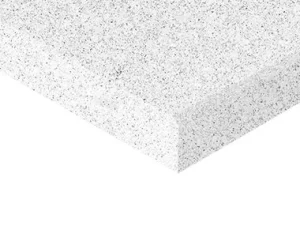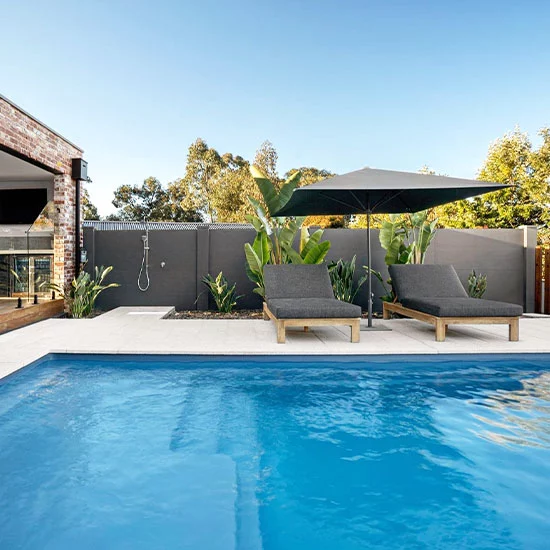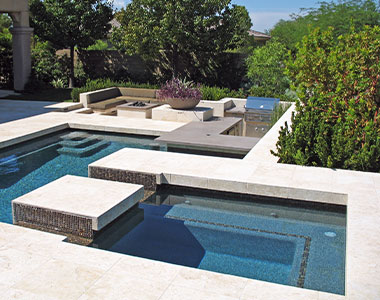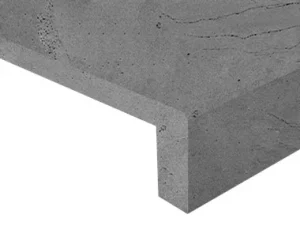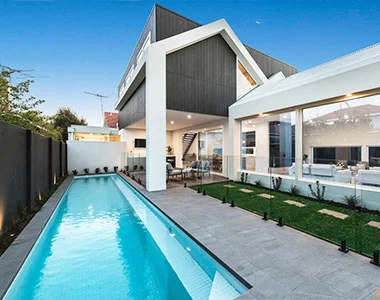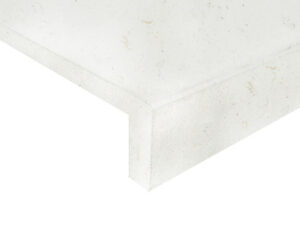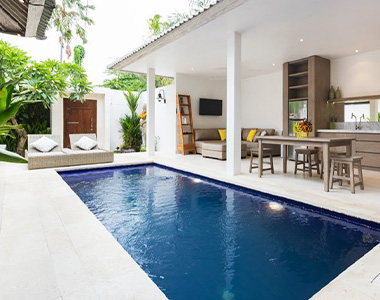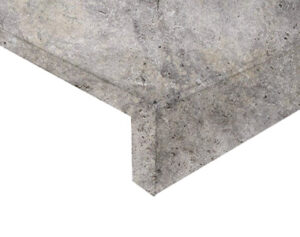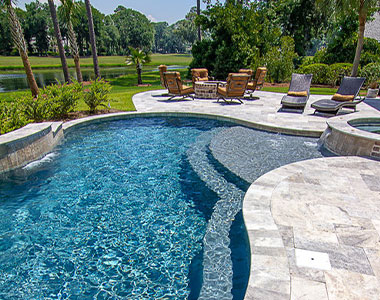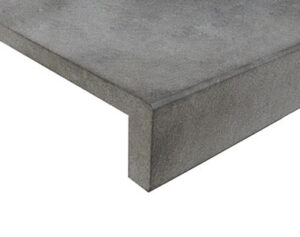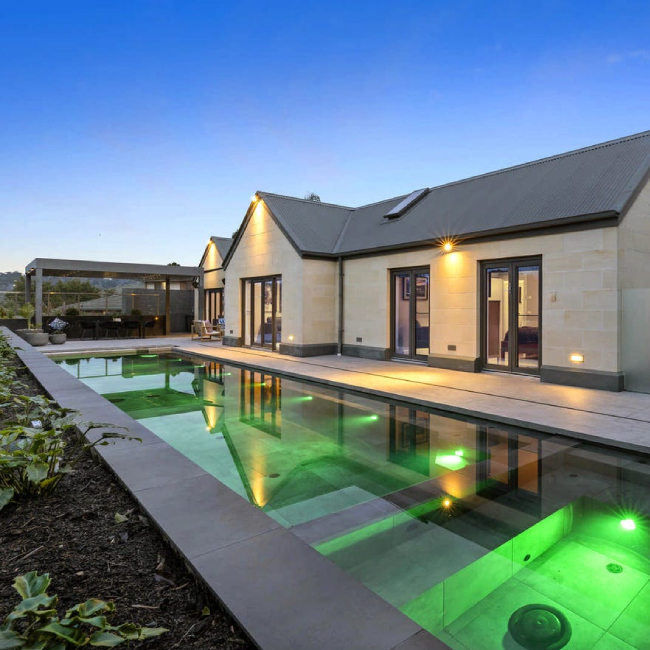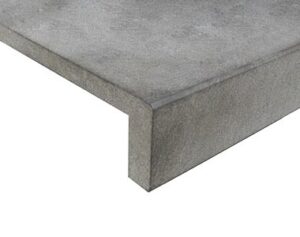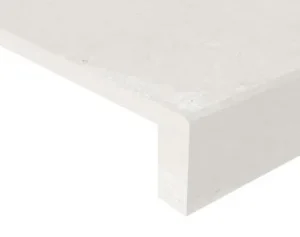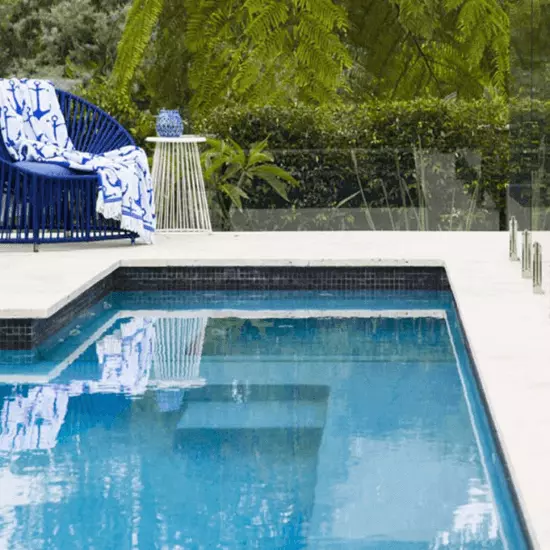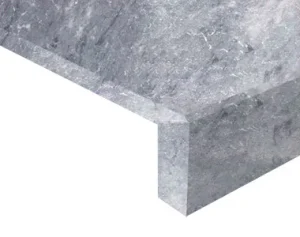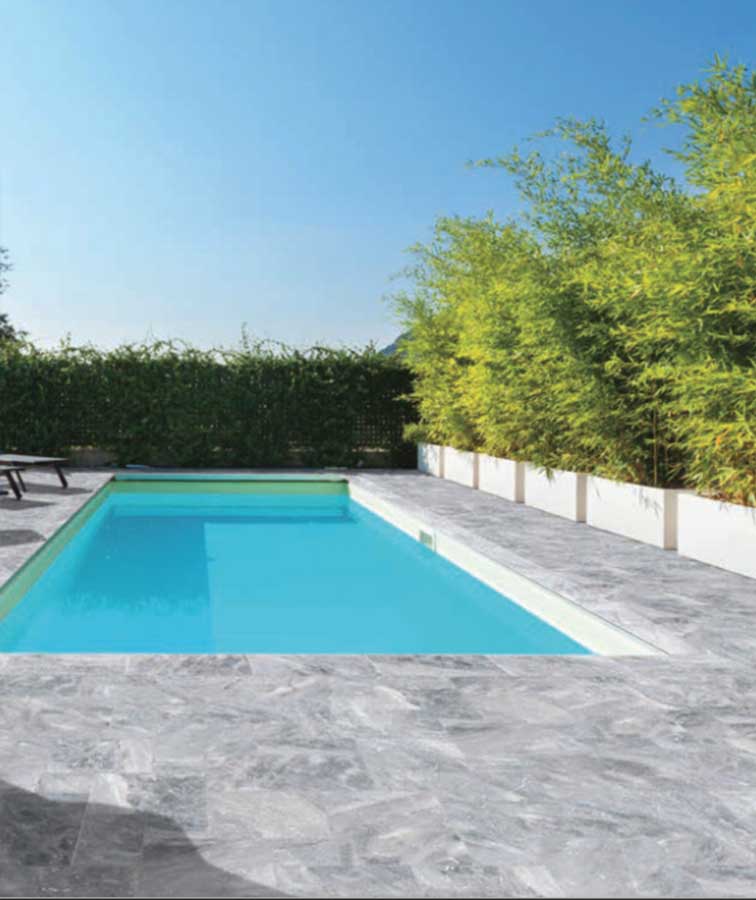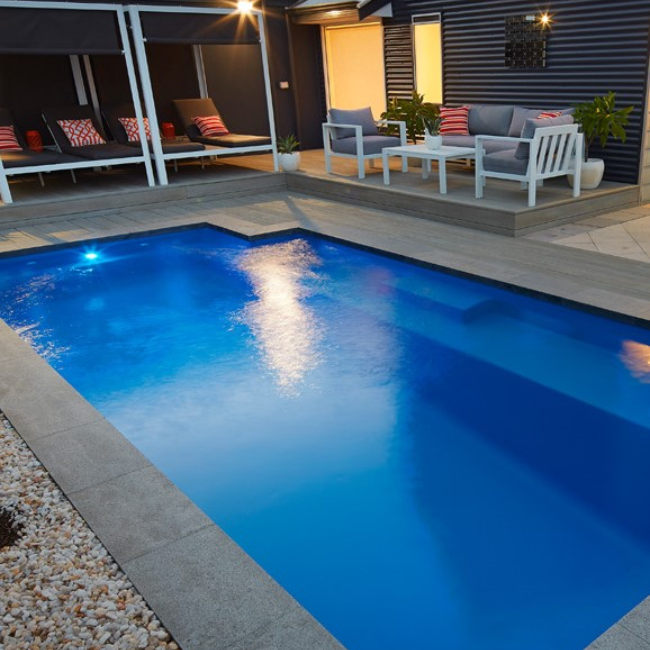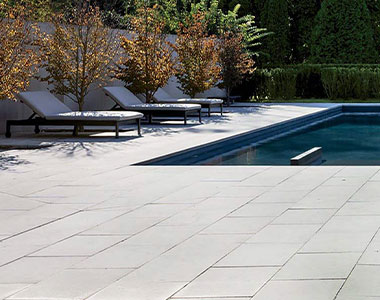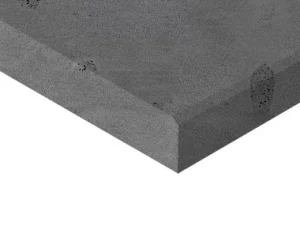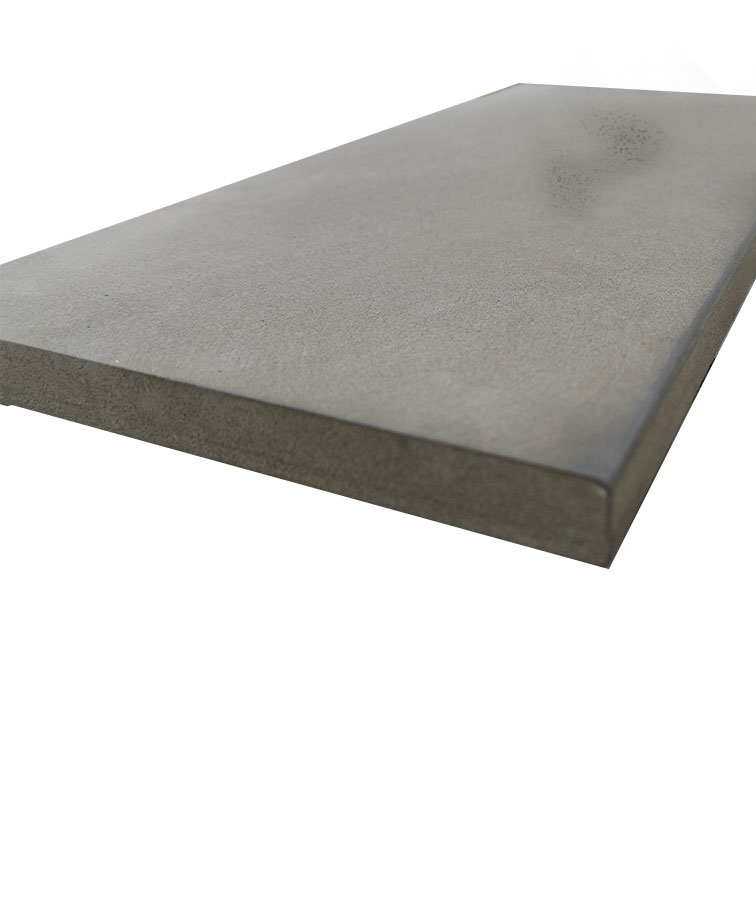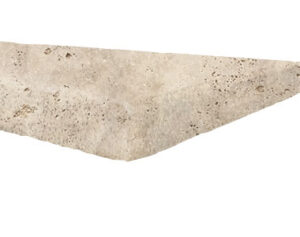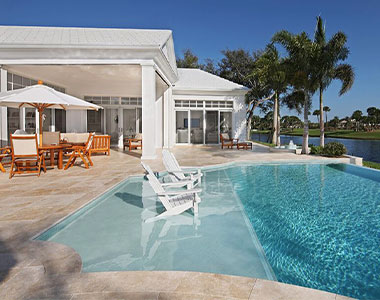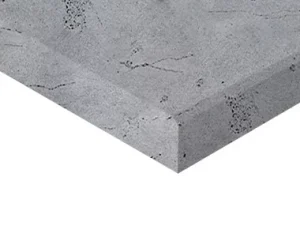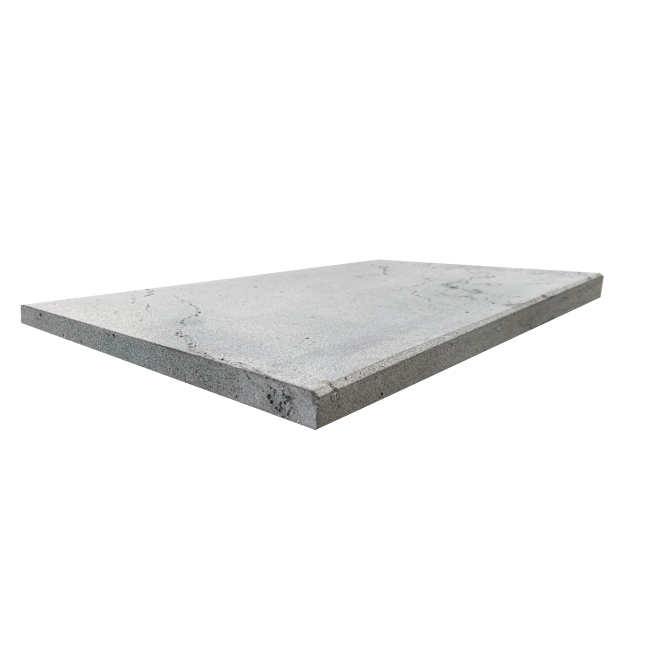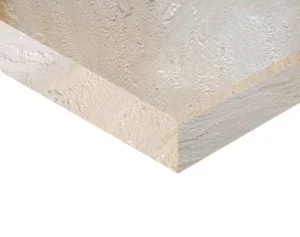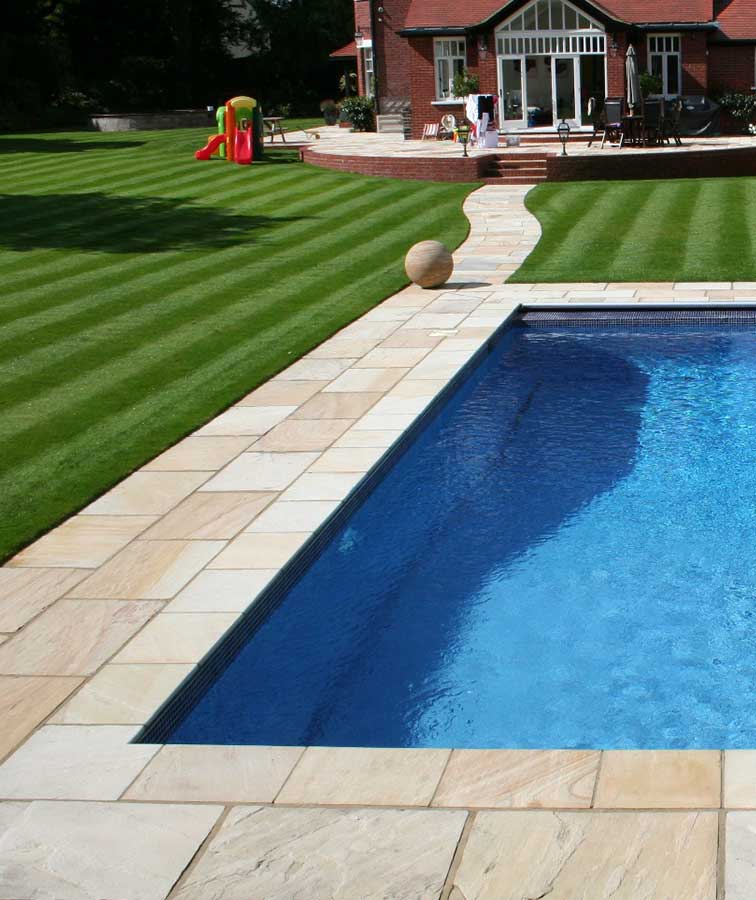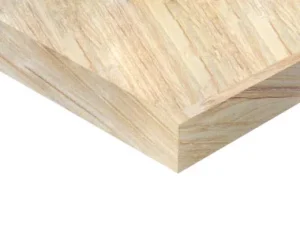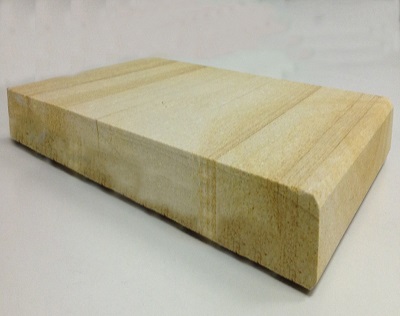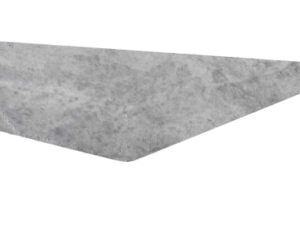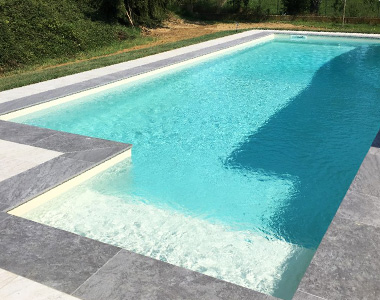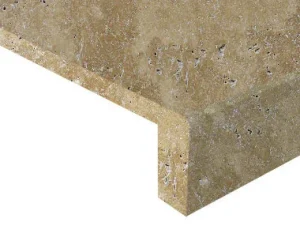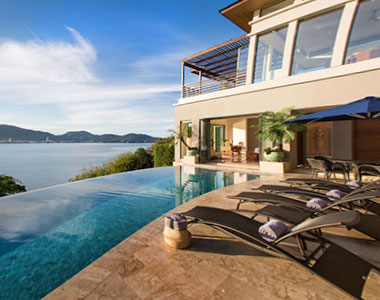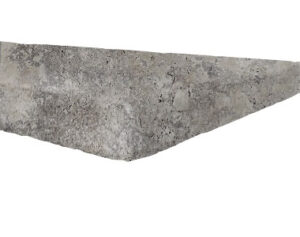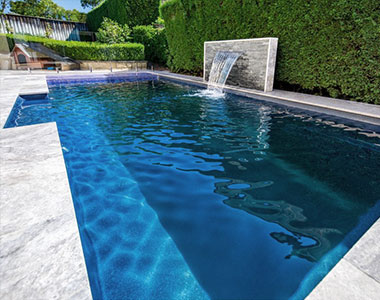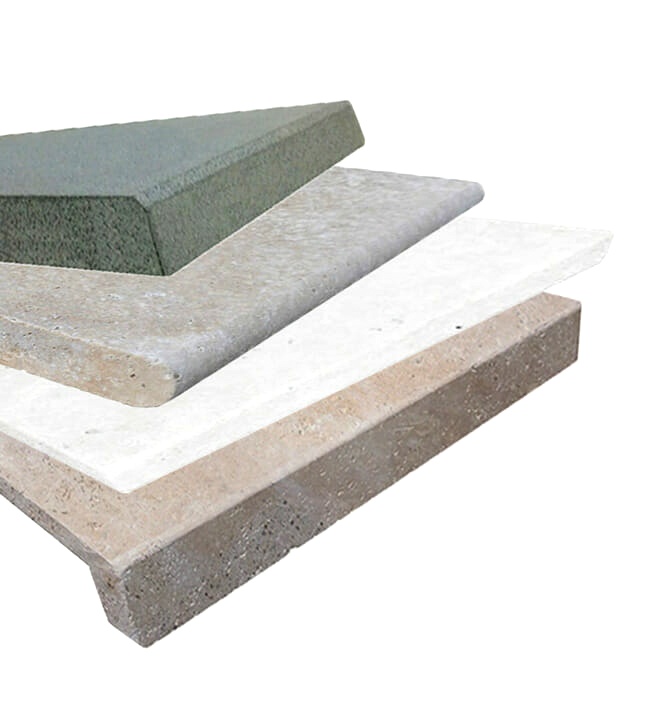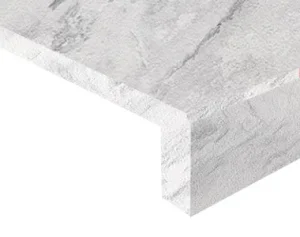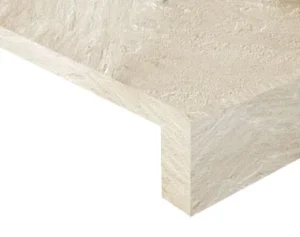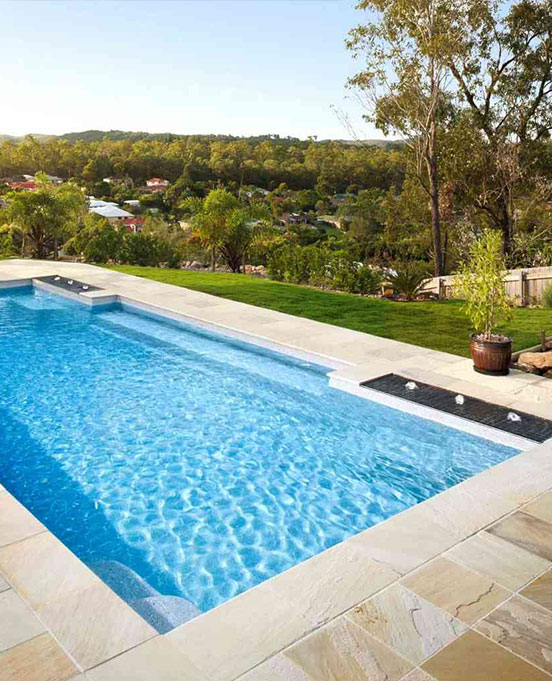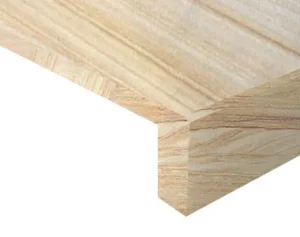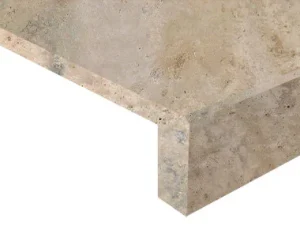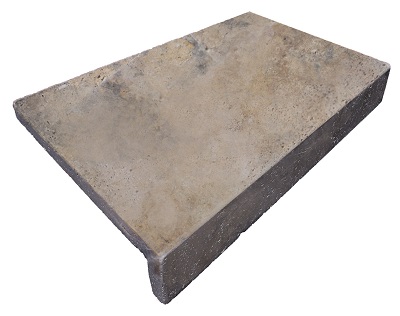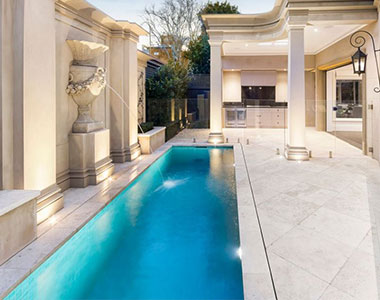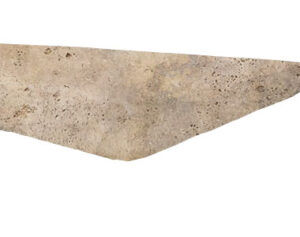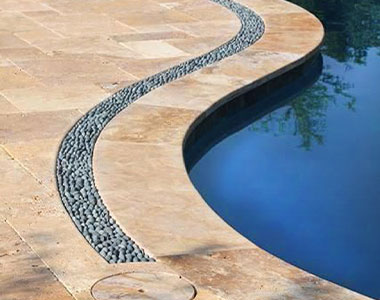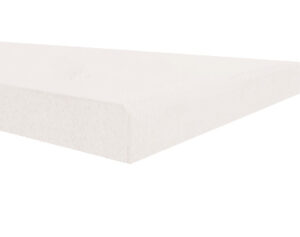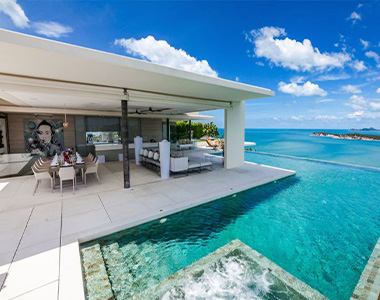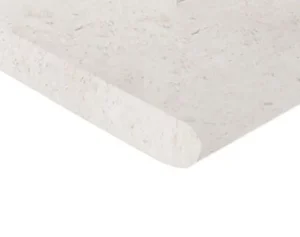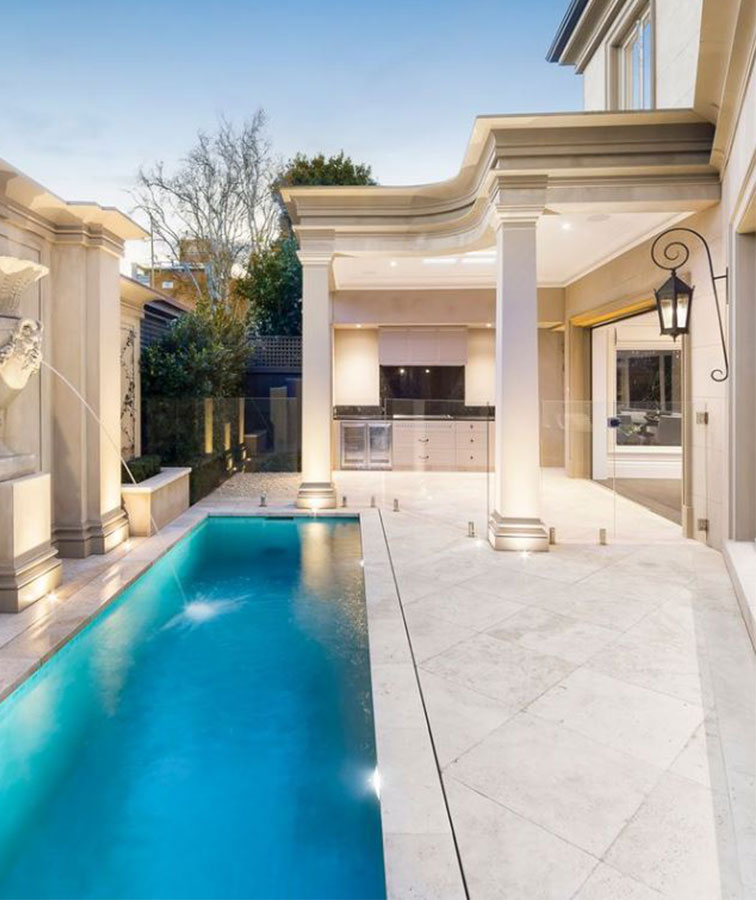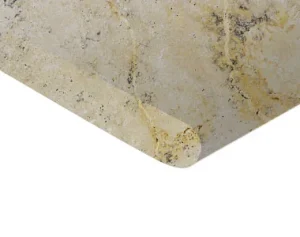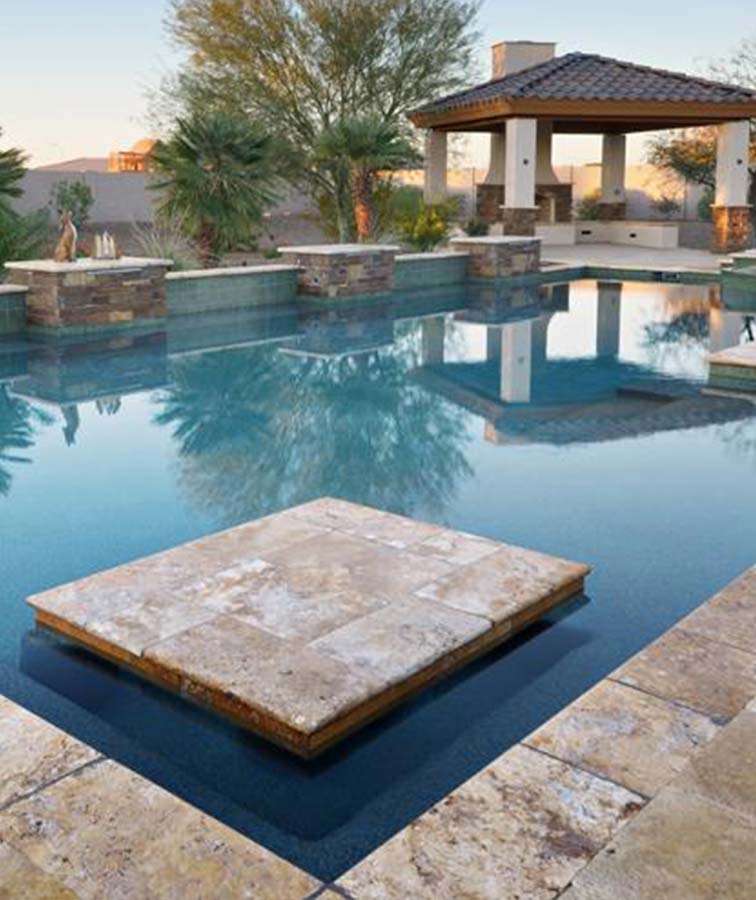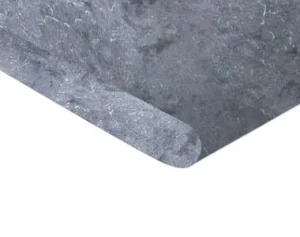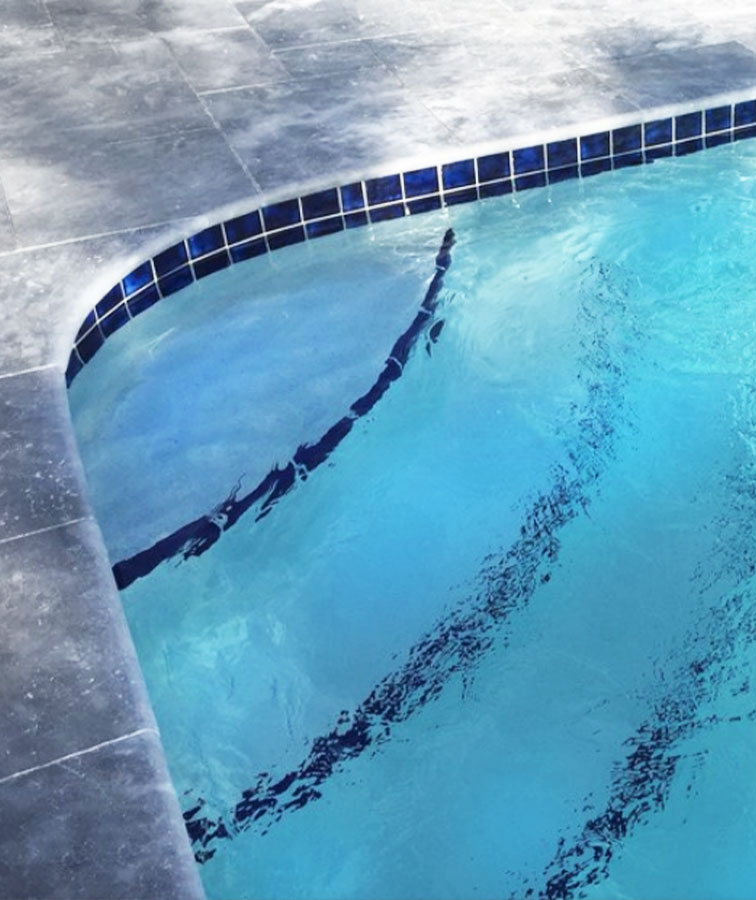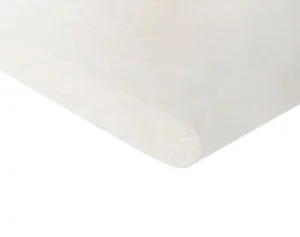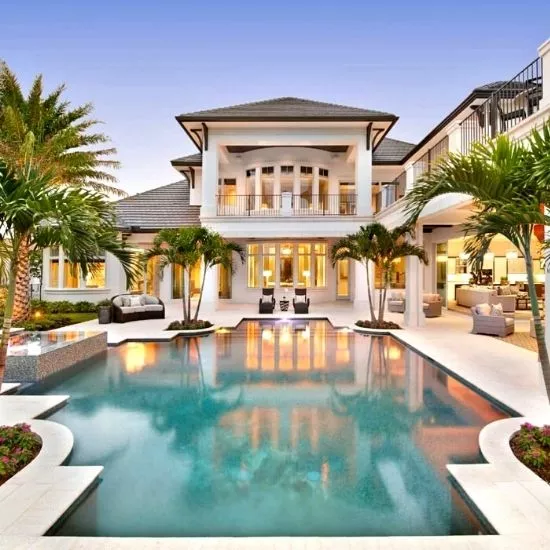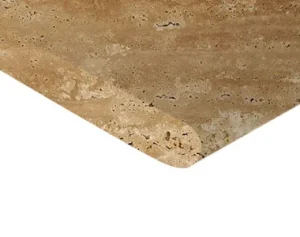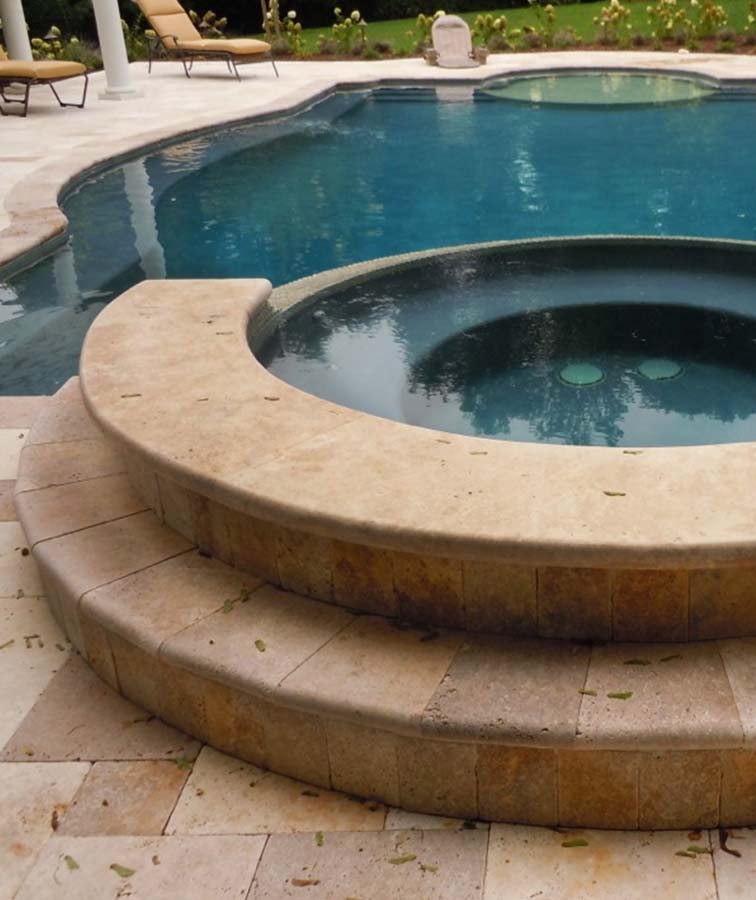What is Pool Coping?

Pool coping is used to finish the top edge of your pool and join it to the pool deck.
It runs around the perimeter of a pool. It can also be used to add visual accents to the pool perimeter.
Also, it can be used to visually separate a patio or deck area from the pool or create an area for swimmers to relax in.
To select coping for your pool, consider these factors:
If an inground pool is constructed of concrete or fibreglass, it will need coping. Pool coping is a capping stone for the edge of the pool shell.
Besides simply being necessary, it provides an opportunity for creating a decorative accent. So, this can greatly enhance the overall appearance of the pool. When someone in the pool holds onto the edge, that’s the coping that they’re grabbing. Read more about – what is pool coping?
Coping is mounted on the bond beam, covering its concrete edges. It also prevents water from getting behind the pool shell. In addition, it integrates the finish and tile of the swimming pool.
If it is installed correctly, any water splashed out of the pool should flow into deck drains. Therefore, coping should always be tilted slightly away from the pool.
How To Select Pool Coping
Pool coping is a personal decision based on your preferences for your pool area. So, there is no right or wrong kind of coping, only what you like or don’t like.
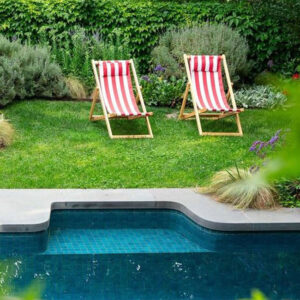
We can cut any custom pool coping shape in our warehouse.
If you or your family or guests plan to get in and out of your pool by climbing out over the coping, then a bull-nosed edge might make a better surface. If you enjoy a modern but timelessly elegant look, a cantilevered coping might be the best choice.
A rolled edge coping allows swimmers to grasp the edge of the pool with their feet/toes better, or to reach up and grab onto – something important to young or beginning swimmers. Look at each style and decide which looks best for your yard and pool. Consider cost as well.
Four Main Styles of Pool Coping
• Bullnose. Flat and smooth with a rounded edge at the end. Bullnose is good for diving from, or for holding onto from inside the pool.
• Tumbled Edge. Flat surface with no sharp edges. Easy to get in and out of the pool by climbing over this edge.
• Rebate OR Drop Face. It runs out flat then drops at a 90-degree angle over the water in an L-shape. Classic and modern look.
Bullnose Pool Coping
Bullnose pool coping is a popular style of pool coping for many reasons. This is because it has a round ergonomic edge. So, the round edge of the bullnose pool coping makes it easier to hold onto when coming in and out of the pool. Also, it creates an overall softer more traditional edge around the pool.
Have a look at the bullnose pool coping tiles available:
-
Sale!
Tundra Grey Limestone Bullnose Pool Coping
$49.00 -
Sale!
Harkaway Bluestone® Bullnose Pool Coping
$23.00 – $189.00 -
Sale!
Harkaway Bluestone® Suregrip Bullnose Pool Coping
$30.00 – $70.00 -
Sale!
European Bluestone® Bullnose Pool Coping
$19.00 – $49.00 -
Sale!
Dove Granite Bullnose Pool Coping
$39.60 -
Sale!
Raven Granite Bullnose Pool Coping
$42.00 -
Sale!
Smokey Quartz Bullnose Pool Coping
$54.00 -
Sale!
Midnight Granite Bullnose Pool Coping
$48.00 -
Sale!
Himalayan Sandstone Bullnose Pool Coping
$29.70 -
Sale!
Teakwood Sandstone Bullnose Pool Coping
$36.30 -
Sale!
Ivory Travertine Bullnose Pool Coping
$33.00 -
Sale!
Silver Travertine Bullnose Pool Coping
$37.00
Drop Down (Rebate) Pool Coping
For a sleek contemporary pool design, choose drop face pool coping tiles. The 90 degree L shape falls over the edge of the pool for a continuous look. Also, it covers the adhesive line underneath the pavers.
Have a look at the drop face pool coping tiles available:
-
Chinese Premium Bluestone Pool Coping Drop Face
-
Sale!
Dove Granite Square Bevel Edge Pool Coping
$39.60 – $49.50 -
Sale!
Ivory Travertine Drop Edge Pool Coping
$59.40 – $89.00 -
Sale!
European Bluestone® Drop Down Pool Coping
$29.00 – $109.00 -
Sale!
Shell White Limestone Drop Edge Pool Coping
$69.00 – $99.00 -
Sale!
Silver Travertine Drop Down Pool Coping
$66.00 – $99.00 -
Sale!
Harkaway Bluestone® Drop Edge Pool Coping
$34.00 – $139.70 -
Sale!
Harkaway Bluestone® Suregrip Drop Edge Pool Coping
$35.00 – $90.00 -
Sale!
Capri Limestone Drop Edge Pool Coping
$76.00 – $99.00 -
Sale!
Pearl Grey Limestone Drop Edge Pool Coping
$66.00 – $99.00 -
Sale!
Raven Granite Drop Edge Pool Coping
$49.00 – $59.40 -
Sale!
Dove Granite Drop Down Pool Coping
$39.60 – $49.50
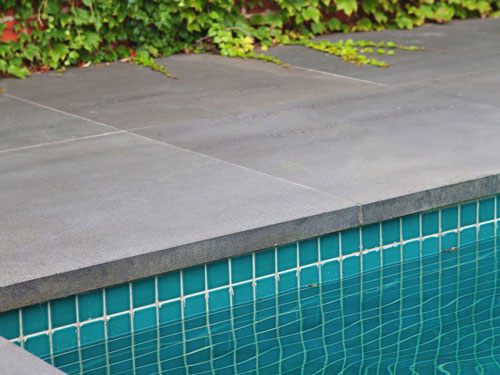
Square Edge Bluestone Pool Coping
Square Edge Pool Coping
If you’re after an understated look, choose sqaure edge pool coping. These pool coping tiles sit on top with no drop. Also, they are the most affordable pool coping option. If you’re interested in travertine pool coping, they are called “tumbled” because they are not mechanically straight due to the organic features of the travertine stone.
Have a look at the square edge pool coping tiles available:
-
Sale!
Cheap Rustica Pool Coping
$49.50 -
Sale!
Dove Granite Square Bevel Edge Pool Coping
$39.60 – $49.50 -
Sale!
Noce Travertine Tumbled Pool Coping
$33.00 -
Sale!
Tundra Grey Limestone Bullnose Pool Coping
$49.00 -
Sale!
Harkaway Bluestone® Square Bevel Edge Pool Coping
$23.00 – $189.00 -
Sale!
Ivory Travertine Tumbled Pool Coping
$29.00 -
Sale!
European Bluestone® Square Bevel Edge Pool Coping
$19.00 – $49.00 -
Sale!
Himalayan Sandstone Square Bevel Edge Pool Coping
$29.70 -
Sale!
Teakwood Sandstone Square Bevel Edge Pool Coping
$36.30 -
Sale!
Pearl Grey Limestone Tumbled Edge Pool Coping
$36.00 -
Sale!
Noce Travertine Drop Edge Pool Coping
$66.00 – $99.00 -
Sale!
Silver Travertine Tumbled Pool Coping
$34.00
Common Materials Used for Pool Coping
Sandstone is the most common and popular non slip stone material used for pool coping. It is closely followed by Bluestone and Travertine. All are available in the four most common styles of coping (bullnose, drop face, tumbled edge or rough cut. What material you choose depends on how you use your pool.
What you NEED to know about selecting pool coping!
Summer is not far away. So, you may be dreaming of sitting by the pool with a cool drink and a good book. On the other hand, you might be in the middle of a nightmare – looking at stained, cracked or decaying paving.
Pools are no longer just a place for a ‘quick dip’. They are the centrepiece of outdoor entertaining. The surrounding paving and landscaping is just as important as the pool itself.
We are presented with a wide range of natural and engineered products for use as poolside paving. Selection is primarily based on aesthetics.
Your selection process (whether it be natural or engineered stone) should include a review of the five S’s.
Stain resistance
Slip resistance
Salt tolerance
Strength
Stability
Stain Resistance
Paving can be exposed to a wide range of staining agents. When it comes to entertaining, red wine from spilt drinks is an obvious hazard along with oil from barbecues and foodstuffs. Tannin from fallen leaves and surrounding garden vegetation is also a potential source of staining.
You can reduce the risk of staining by selecting a paver that has a low absorption capacity. Stains can be more conspicuous on pavers with a uniform appearance (especially mid-tones) compared to material that is more highly figured. Most types of high density limestone, travertine, granite, slate and bluestone are effective at resisting stains.
Judicious use of an oil repellent impregnating sealer around high risk areas such as barbecues can help preserve the appearance of your stone.
Slip Resistance. Safety around the pool should include the installation of slip resistant paving. Most stone types can be prepared in a wide range of surface textures that are safe around a pool including sawn, grit blasted, flamed (exfoliated), and split face. DO NOT USE honed and factory filled travertine in ANY external areas open to getting wet on the surface (too slippery). The trapping of grime on rough texture surfaces can occur, but this can usually be handled with a hose and stiff bristled broom.
Salt Tolerance. Pool surrounds are an aggressive environment for paving as it is regularly exposed to salt or chlorine. Resistance to salt attack can be determined by Australian standard method AS/NZS 4456.10A. This method measures the weight loss of the stone after repeated immersion in a salt solution. Stone used as pool paving should have a maximum weight loss of 1%.
Granite, travertine, high density limestone and bluestone usually have very good salt resistance. Some types of slate and sandstone are also suitable for use. The use of a textured finish can hide minor surface decay.
It is also important to note that the incorrect use of sealers can lead to accelerated decay of poolside paving as it can trap salt within the stone.
Strength. It is important that the paving has adequate strength to withstand service loads in both dry and wet conditions. Sedimentary stone types such as sandstone and limestone can lose over 50% of its strength when wet.
Loss of strength can be accommodated in paving design. As an example, doubling the thickness of the paver increases the breaking load fourfold while use of square paving units also reduces the risk of breakage.
Stability. Frequent wetting and drying of pavers can lead to expansion and contraction of minerals within the stone which can lead to decay. Stone types that have a high clay content or contain expansive minerals such as some volcanic sandstones may cause the stone to be dimensional unstable. Long, thin pavers are at a greater risk of warping.
The inclusion of regular expansion joints at least every 4.5 metres and the use of rapid setting adhesives can reduce the risk of warping. Also please ensure there is an active expansion joint in the pool paving between the pool beam (coping tile) and the rest of the paving. Square paving units are usually more dimensionally stable than long rectangular units. Increasing the paver’s thickness also improves stability.
Hopefully, these selection criteria will help you in discussions with your stone merchant. When discussing your project with the supplier, it is important that you provide as much information as possible about your project. It is in your interest that the supplier fully understands what you need so they can provide you with a product that is fit for purpose. Remember the five S’s and enjoy your pool with peace of mind.
Conclusion
If you are looking for buying pool coping tiles or pool pavers or any other stone tiles in Melbourne, Sydney, Brisbane, Adelaide or anywhere across Australia.
Give us a call today on 03 9706 9767 and receive a FREE QUOTE or you can request an express posted FREE SAMPLE of a tile before purchasing our products.
SHOP AUSTRALIA’S LARGEST RANGE OF POOL COPING!
We have Australia’s LARGEST range of pool coping tiles! This includes all styles and stone colours. If there is something you need particularly, give us a call on: (03) 9706 9767
-
Sale!
Cheap Rustica Pool Coping
$49.50 -
Chinese Premium Bluestone Pool Coping Drop Face
-
Sale!
Dove Granite Square Bevel Edge Pool Coping
$39.60 – $49.50 -
Sale!
Ivory Travertine Drop Edge Pool Coping
$59.40 – $89.00 -
Sale!
Noce Travertine Tumbled Pool Coping
$33.00 -
Sale!
Tundra Grey Limestone Bullnose Pool Coping
$49.00 -
Sale!
European Bluestone® Drop Down Pool Coping
$29.00 – $109.00 -
Sale!
Harkaway Bluestone® Square Bevel Edge Pool Coping
$23.00 – $189.00 -
Sale!
Shell White Limestone Drop Edge Pool Coping
$69.00 – $99.00 -
Sale!
Silver Travertine Drop Down Pool Coping
$66.00 – $99.00 -
Sale!
Harkaway Bluestone® Drop Edge Pool Coping
$34.00 – $139.70 -
Sale!
Harkaway Bluestone® Suregrip Drop Edge Pool Coping
$35.00 – $90.00 -
Sale!
Capri Limestone Drop Edge Pool Coping
$76.00 – $99.00 -
Sale!
Pearl Grey Limestone Drop Edge Pool Coping
$66.00 – $99.00 -
Sale!
Raven Granite Drop Edge Pool Coping
$49.00 – $59.40 -
Sale!
Dove Granite Drop Down Pool Coping
$39.60 – $49.50 -
Sale!
Midnight Granite Drop Edge Pool Coping
$50.00 – $59.00 -
Sale!
Smokey Quartz Drop Edge Pool Coping
$69.00 – $79.00 -
Sale!
Himalayan Sandstone Drop Edge Pool Coping
$33.00 -
Sale!
Ivory Travertine Tumbled Pool Coping
$29.00 -
Sale!
Harkaway Bluestone® Bullnose Pool Coping
$23.00 – $189.00 -
Sale!
Harkaway Bluestone® Suregrip Bullnose Pool Coping
$30.00 – $70.00 -
Sale!
European Bluestone® Bullnose Pool Coping
$19.00 – $49.00 -
Sale!
European Bluestone® Square Bevel Edge Pool Coping
$19.00 – $49.00 -
Sale!
Summer Granite Drop Edge Pool Coping
$49.00 – $59.00 -
Sale!
Dove Granite Bullnose Pool Coping
$39.60 -
Sale!
Raven Granite Bullnose Pool Coping
$42.00 -
Sale!
Smokey Quartz Bullnose Pool Coping
$54.00 -
Sale!
Midnight Granite Bullnose Pool Coping
$48.00 -
Sale!
Himalayan Sandstone Bullnose Pool Coping
$29.70 -
Sale!
Himalayan Sandstone Square Bevel Edge Pool Coping
$29.70 -
Sale!
Teakwood Sandstone Bullnose Pool Coping
$36.30 -
Sale!
Teakwood Sandstone Drop Edge Pool Coping
$38.00 -
Sale!
Teakwood Sandstone Square Bevel Edge Pool Coping
$36.30 -
Sale!
Pearl Grey Limestone Tumbled Edge Pool Coping
$36.00 -
Sale!
Noce Travertine Drop Edge Pool Coping
$66.00 – $99.00 -
Sale!
Antique Travertine Drop Edge Pool Coping
$66.00 – $99.00 -
Sale!
Silver Travertine Tumbled Pool Coping
$34.00 -
Sale!
Shell White Limestone Tumbled Edge Pool Coping
$39.60 -
Sale!
Antique Travertine Tumbled Edge Pool Coping
$29.70 -
Sale!
Capri White Limestone Tumbled Edge Pool Coping
$40.00 – $49.00 -
Sale!
Ivory Travertine Bullnose Pool Coping
$33.00 -
Sale!
Silver Travertine Bullnose Pool Coping
$37.00 -
Sale!
Shell White Limestone Bullnose Pool Coping
$49.50 -
Sale!
Antique Travertine Bullnose Pool Coping
$33.00 -
Sale!
Pearl Grey Limestone Bullnose Pool Coping
$40.00 -
Sale!
Capri Limestone Bullnose Pool Coping
$49.00 -
Sale!
Noce Travertine Bullnose Pool Coping
$36.00

